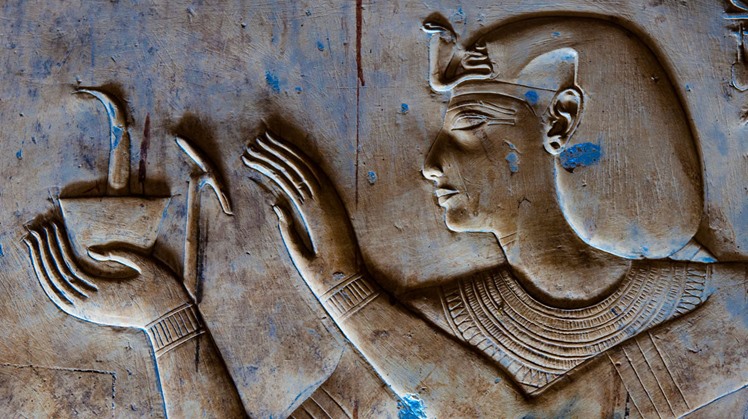We continue to shed light on the "life of the Egyptians" in the different eras, by reading the Encyclopedia of Ancient Egypt, and we stop with the eleventh part: the history of Egypt and Sudan from the first Biankhi era until the end of the twenty-fifth dynasty and a glimpse into the history of Assyria.
Salim Hassan says in the preface to the book:
In the previous part of this encyclopedia, we arrived at the beginning of the rule of the pharaoh "Biankhi", the son of King "Kashta", founder of the twenty-fifth dynasty, and "Biankhi" took power after his father around 751 BC, in "Nabata", the capital of his kingdom in the country of "Kush". However, he did not come to Egypt until 720 BC, when one of the great princes of Egypt named “Tefnakht” the ruler of the town of “Sais” (present-day Sa al-Hajar) and the greatest of the Delta kings or rulers wanted to expel the Kushites from the country of Egypt altogether, and most of the people gathered around him The feudal lords in the delta and middle Egypt, and he began to crawl towards the south until he reached the town of Ashmounin, including all the countries that were on his way during his march. He "developed" and defeated him and his guardians from the feudal princes until they all surrendered, and he owed him the entire Nile valley from "Nabata" until the end of the delta, but he did not work to establish the pillars of his rule in Egypt by appointing a strong central government; Rather, it was left to the feudal rulers, each in his sphere of influence.
And for this they made another disturbance of the ball and threw a stick of obedience on him, headed by “Bokoris”, the successor of “Tefnekht” in “Sais”, and “Biankhi” apparently had died and his brother “Shabaka” took power, so he fought “Bokoris” and defeated him and killed him, as well as The Greek writers tell us that.
Evidence of the conditions indicates that Shabak had taken Memphis as the capital of his kingdom, and did not follow the policy of his predecessor to take “Nabata” as his headquarters. In this, the two peoples used to condemn the religion of the god "Amon-Ra" and belong to the Hamitic dynasty, as we discussed in the previous part of this encyclopedia.
 Tue, Aug. 17, 2021
Tue, Aug. 17, 2021